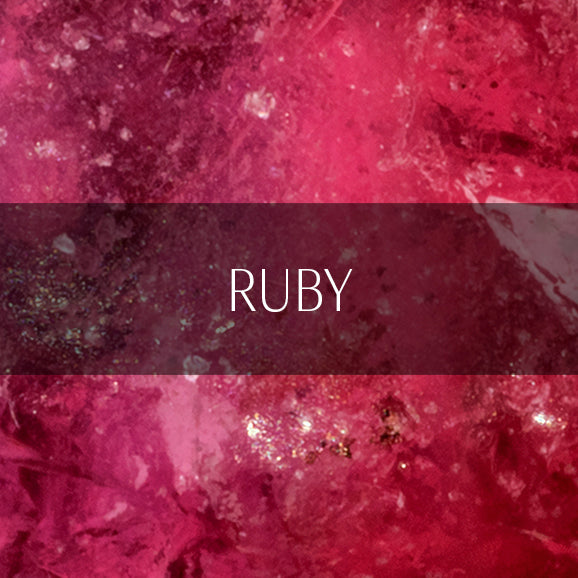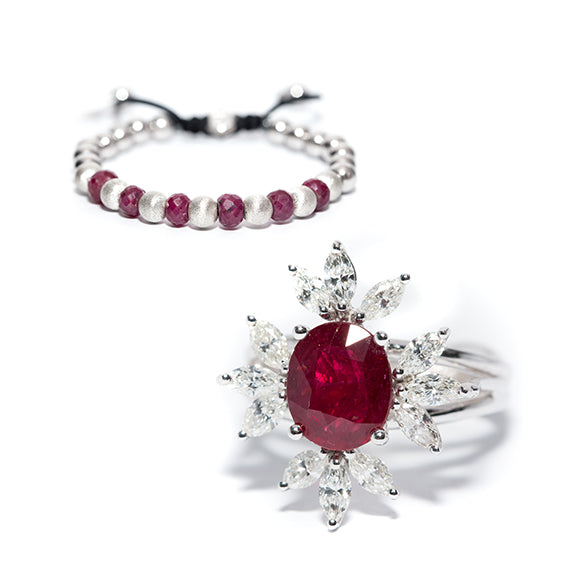The History Of The Ruby
Rubies are among the most ancient of gemstones with a history going back several thousand years they are mentioned in the bible. The Chinese were buying and selling them as long ago as 200 B.C. It was customary for Chinese warriors to set rubies into their swords as protection against death or injury from their opponents. Because of their long history, rubies have been called the "King of Gemstones."
Although rubies have been mined, collected and used in many ways for centuries, until the 19th century they were seen as being the same as other red stones such as tourmaline, garnet and spinel. All red gems were rubies. For this reason, many famous stones that are called rubies, particularly the largest ones, are not real rubies. For example, the Black Prince’s Ruby, a 170-carat stone used in the Imperial State Crown of England is a spinel. This Black Prince’s Ruby has been in the possession of English rulers since the 14th century. If you have any heirloom jewellery that has ‘rubies’ in it then it is possible that the stones are not what we, today, call rubies.
Rubies In Jewellery
Due to their hardness rubies make an excellent choice for all kinds of jewellery, they can be used in pieces designed to be worn every day, not just for special occasions.When buying jewellery containing a ruby, there are some points to watch out for:
- Due to their hardness, rubies are very durable. They can withstand impacts and knocks but should not be worn when doing manual labour! Rubies usually have inclusions, and it is possible that the stone might break along the line of the inclusion under excessive force.
- Larger stones will always cost more than small ones of the same quality. The depth of colour has a significant effect on price. It is possible to buy almost flawless rubies, but the cost will be as much as twice the price of a larger stone that has more visible inclusions.
- There are no flawless natural rubies. When buying try to compare prices on similar stones, based upon weight and clarity, to understand the best deals.
- Always check the jewel under magnification. If the stone is cloudy, do not buy it. If the flaws reach the surface of the stone do not buy it as the gem might split along the crack.
- Inspect rubies under the right light. Fluorescent lights do not have much red light, and so the colour of the stone will not be strong. Check how the stone looks under different lighting types to gauge the colour effect.
A few rubies show a three or six-pointed star. To show such stones off at their best they are cut into a cabochon. The effect is due to needle inclusions in the gem and is the only time when inclusions in the stone will increase the value of a ruby.
What better gift can there be for a July birthday than the King of Gems? Protection, power and passion in one distinctive and beautiful gemstone.


